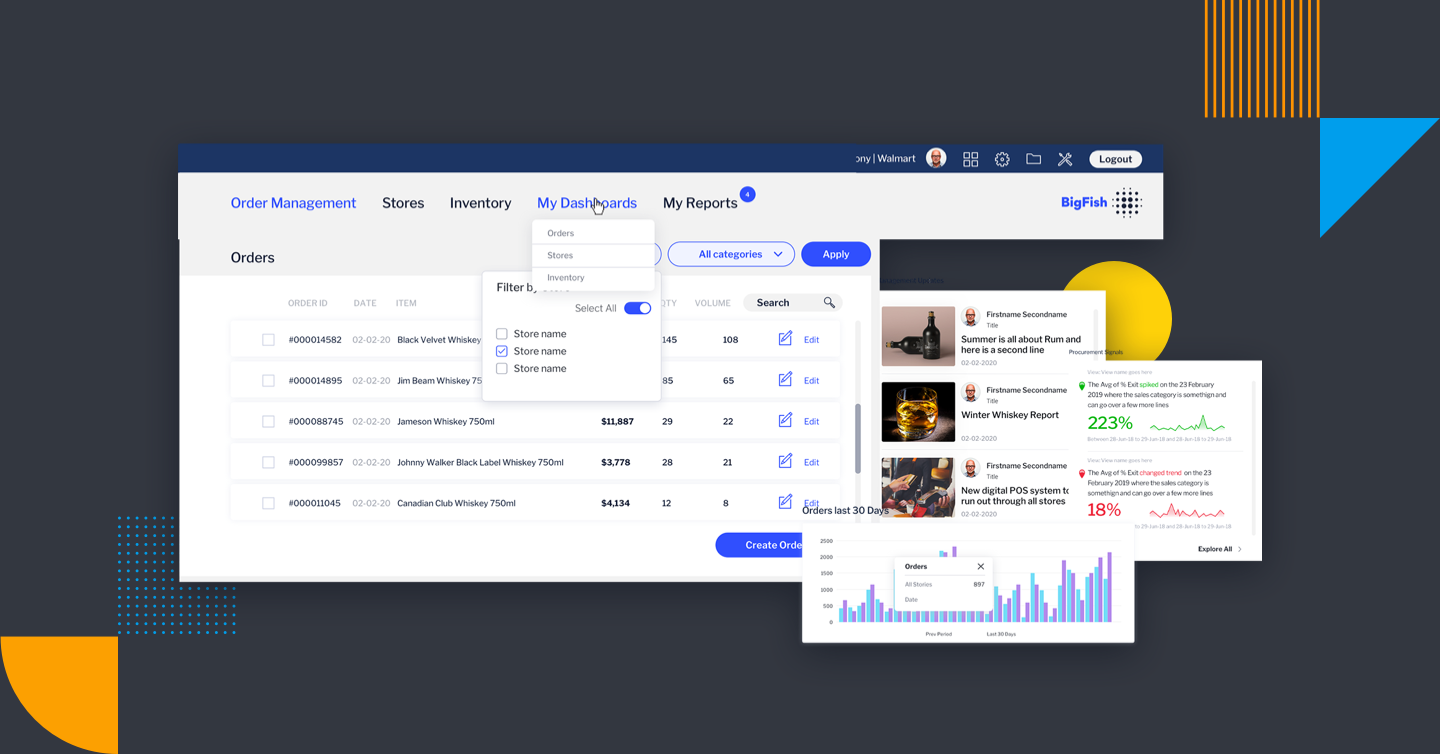The enterprise software space has gone through a mountain of change over the last 20 years, and with it comes a shift toward analytics-first, writes Yellowfin CEO Glen Rabie.
We've moved from desktop to SaaS, to a real UX focus. Now we're seeing new vendors that are analytics-first. They’re creating new applications that are challenging the established players. Historically, applications were transaction-first; you build your software thinking about your workflow or the transactions that you want people to do.
Now, software vendors are starting to build their product by thinking about what data they collect and what they can ascertain from that data. Then, they look at what transactions they can wrap around that. Rather than the trigger being a transaction, the trigger is the data which tells you to do something. This is a new class of product where you look at the data, see what the data tells you and it prompts your next best action.
This is part of a longer term journey of disruption within the market.
Two good examples of this are Mint and Gainsight. Mint was data-first in the consumer financial services space. They focused on helping people understand how they spend their money and disrupted the financial services market by also offering financial advice. Gainsight built a customer success dashboard and wrapped transactions around that, now they’re starting to disrupt vendors that provide customer success applications.
What we're seeing today is that every leader in enterprise software is actually under threat from disruption - whether that be Salesforce, Atlassian, or ServiceNow.
Some of these vendors have started to purchase BI tools but at their core they’re transaction tools. To be analytics-first, you have to change the way people actually do things and build a completely different model. Anyone who has the idea to take data and build far cleverer applications is going to threaten these types of major vendors.
Analytics-first is a different paradigm. It turns the transactional model on its head and puts a new spin on it by optimizing the experience for people running those processes. The outcomes may be the same, but you’re optimizing how those transactions are done.

How else do you compete with Salesforce or Jira?
For example: Salespeople spend a lot of time on deals they’ll never win. If their CRM tool could tell them upfront they’ve got a 10% chance of winning one deal and a 90% chance of winning another one, which deal will they spend their time on? The CRM will help drive the action rather than users having to do their own analytics on their CRM tool.
The interfaces for these products will also be radically different and they will drive people to take action in a way that adds value to their day. Salespeople won’t have to stare at a screen of opportunities and work out which one to call, the application will prioritize for them, for example. It’s simple, easy, quick.
I think that every enterprise software vendor today that is in a leadership position is under threat from this new class of product. The problem with mega vendors now is that they’re no longer nimble - they’re now bloatware. That’s why new vendors will enter the market and they’ll win against them in a new way. It's the inevitable next step in enterprise application development.
It's time for the augmented consumer
With the rise of analytics-first comes another paradigm shift in the way people consume and act on their data in enterprise applications. Learn how modern BI is reshaping and augmenting the information consumer today.

